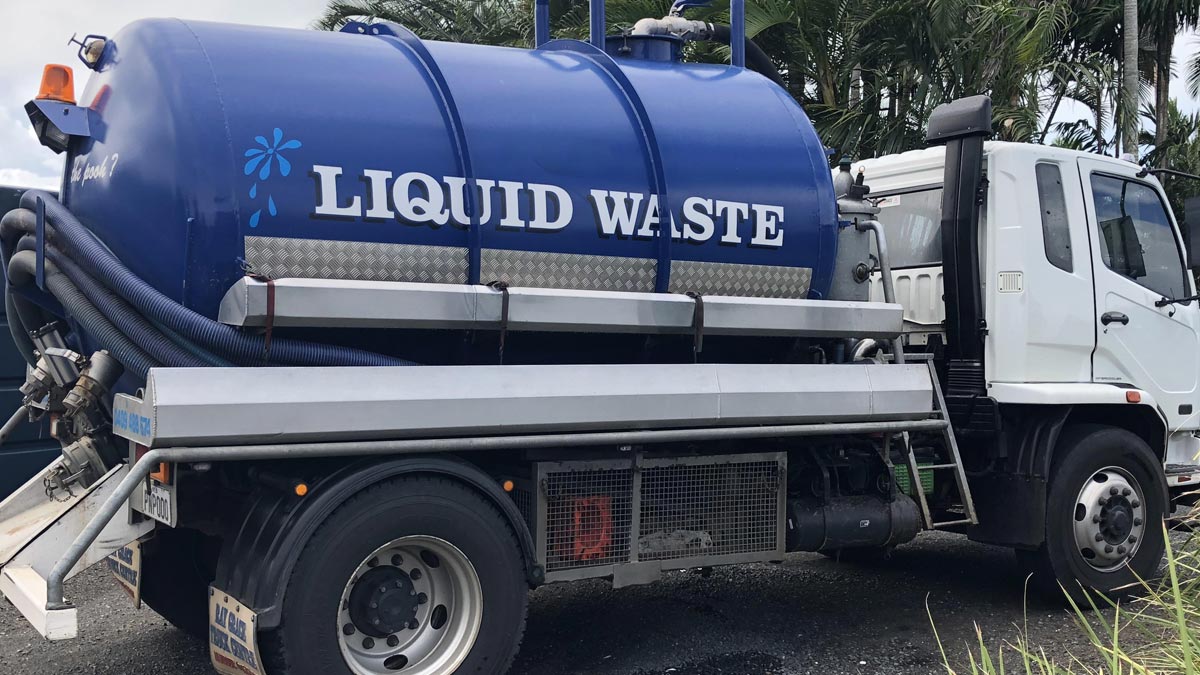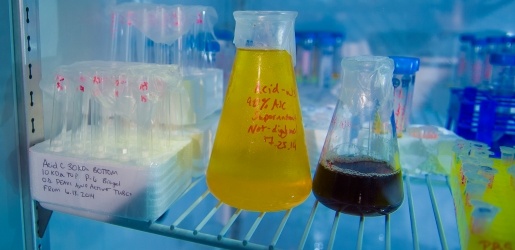Cutting-edge Industrial Wastewater Treatment Solutions: Protecting the Atmosphere
Cutting-edge Industrial Wastewater Treatment Solutions: Protecting the Atmosphere
Blog Article
Just How Liquid Waste Disposal Works: A Comprehensive Summary of Techniques and Technologies Employed

Introduction of Liquid Waste Types
The intricacy of liquid waste kinds requires a comprehensive understanding of their qualities and ramifications for disposal. Liquid waste can broadly be classified into numerous kinds, including industrial, community, agricultural, and hazardous waste. Each category shows distinctive homes, calling for details management strategies to reduce environmental and health threats.
Industrial liquid waste stems from producing procedures and frequently includes a series of pollutants, such as heavy steels, solvents, and natural compounds. Metropolitan liquid waste, primarily making up wastewater from houses and business establishments, contains raw material, nutrients, and pathogens (industrial wastewater treatment). Agricultural liquid waste, including drainage from ranches, might consist of plant foods, chemicals, and pet waste, positioning dangers to water top quality and ecosystems
Hazardous liquid waste is identified by its toxicity, reactivity, or possible to trigger damage. Understanding these diverse liquid waste kinds is essential for developing effective disposal approaches and guaranteeing compliance with ecological regulations.
Physical Therapy Methods

Testing is the initial step, where larger particles and debris are eliminated from the fluid waste making use of screens or grates. In sedimentation storage tanks, heavier fragments work out at the base, creating a sludge layer, while the cleared up liquid can be more dealt with.
Filtration is another essential approach that involves passing the liquid via porous products, such as sand or membranes, to capture smaller sized bits. This action enhances the high quality of the fluid, making it ideal for succeeding therapy procedures.

Chemical Therapy Methods
Chemical therapy techniques are essential for efficiently managing liquid waste, particularly in addressing liquified and colloidal impurities that physical approaches might not sufficiently remove. These methods make use of numerous chemical representatives to counteract, speed up, or change harmful compounds into much less unsafe types.
One common method is coagulation and flocculation, where chemicals such as alum or ferric chloride are contributed to advertise the aggregation of suspended particles. This procedure improves sedimentation, enabling less complicated elimination view publisher site of the resulting sludge. Furthermore, oxidation processes, using agents like chlorine or ozone, are utilized to damage down complicated organic substances and pathogens, visit homepage providing the waste more secure for discharge or additional therapy.
Neutralization is another crucial strategy, which readjusts the pH of acidic or alkaline waste streams to neutral levels, avoiding prospective injury to downstream systems and the setting. Furthermore, progressed oxidation procedures (AOPs) use combinations of oxidants and ultraviolet light to deteriorate persistent pollutants, accomplishing a higher degree of treatment effectiveness.
Organic Therapy Processes
Biological treatment procedures play an important function in the management of fluid waste by using microorganisms to break down organic matter and reduce impurity degrees. These processes can be generally classified into aerobic and anaerobic therapies, each using certain microbial areas to achieve reliable waste destruction.
Cardiovascular treatment entails making use of oxygen to help with the failure of organic materials by bacteria. This procedure is typically implemented in triggered sludge systems, where aeration containers give a conducive atmosphere for microbial growth, resulting in the oxidation of natural contaminants. The resultant biomass can be divided from dealt with effluent with sedimentation.
In contrast, anaerobic treatment takes place in the lack of oxygen, relying on different bacteria to damage down raw material. This method is particularly helpful for high-strength waste, as it generates biogas, a renewable energy resource, while decreasing sludge production. Technologies such go now as anaerobic digesters are frequently utilized in industrial and community applications.
Both cardiovascular and anaerobic organic therapies not just lessen the environmental influence of liquid waste however also promote source recuperation, making them vital components of sustainable waste management techniques. Their effectiveness, versatility, and effectiveness support their prevalent execution across various sectors.
Arising Technologies in Disposal
Ingenious approaches to fluid waste disposal are swiftly progressing, driven by innovations in modern technology and an increasing focus on sustainability. Among these emerging technologies, membrane bioreactors (MBRs) have actually acquired traction for their capacity to combine organic treatment with membrane layer filtration, resulting in top notch effluent that can be reused in various applications. MBRs make it possible for smaller sized footprints and a lot more efficient procedures compared to conventional systems.
Another appealing development is making use of anaerobic food digestion incorporated with nutrient recovery modern technologies, which not just deals with liquid waste however also produces biogas and recoups beneficial nutrients like nitrogen and phosphorus. This double advantage boosts resource efficiency and decreases environmental impact.
In addition, advanced oxidation processes (AOPs) are being taken on for the deterioration of complicated organic toxins. These techniques make use of effective oxidants and catalysts to damage down contaminants at the molecular degree, supplying a highly effective solution for challenging waste streams.
Additionally, the assimilation of artificial intelligence and device understanding in waste management systems is enhancing functional efficiency and predictive upkeep, resulting in minimized prices and improved ecological conformity. These innovations mirror a considerable change in the direction of more sustainable and reliable liquid waste disposal practices.
Verdict
In conclusion, efficient liquid waste disposal requires an extensive understanding of numerous techniques and modern technologies. By constantly advancing these methods, it ends up being feasible to resolve the growing challenges linked with liquid waste, inevitably adding to environmental protection and source healing.
Fluid waste disposal is an essential facet of environmental administration, requiring an extensive understanding of various methods and technologies customized to different waste types. Liquid waste can broadly be categorized right into numerous types, including industrial, local, agricultural, and harmful waste. Agricultural liquid waste, consisting of drainage from ranches, may have plant foods, pesticides, and pet waste, presenting risks to water quality and ecological communities.
Various physical treatment techniques play a vital duty in taking care of fluid waste properly - industrial wastewater treatment.In final thought, effective liquid waste disposal demands a thorough understanding of numerous methods and innovations
Report this page